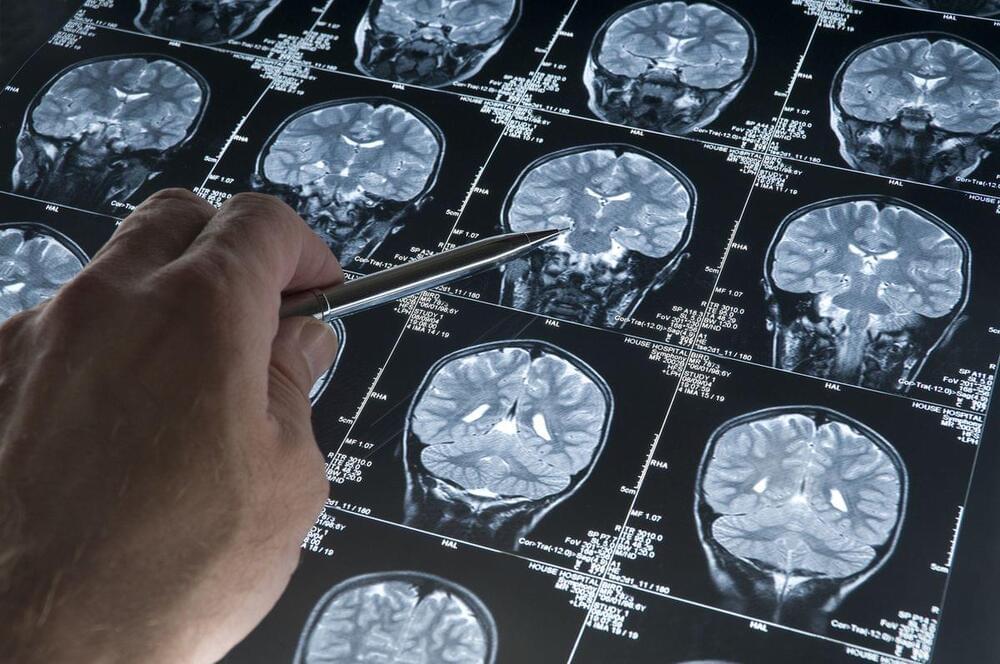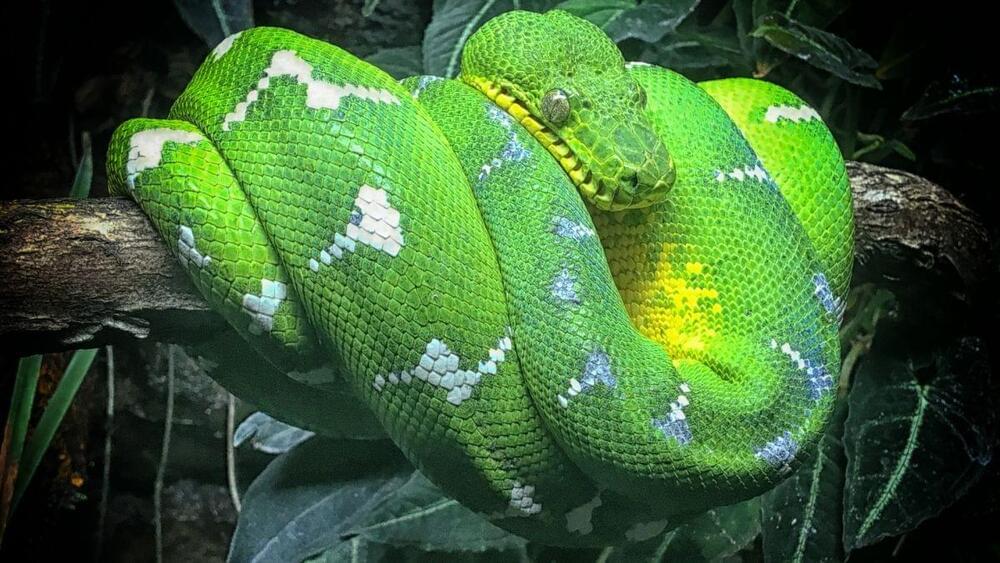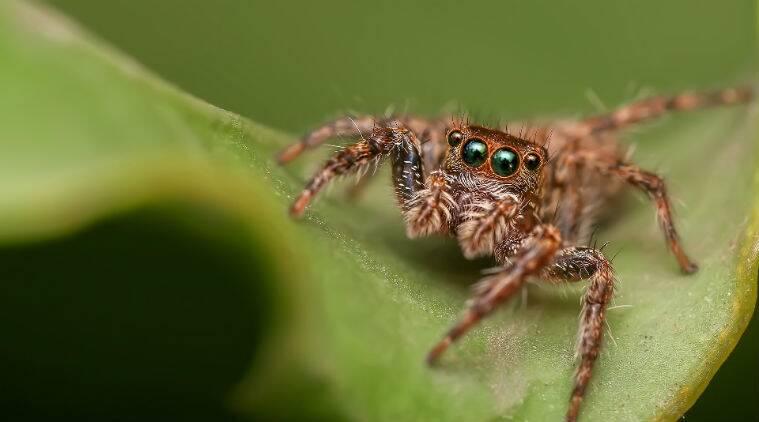Air conducts electricity. In the vicinity of the Earth, the electrical conductivity of the atmosphere is — fortunately — very low. However, already about 50 km above the Earth, air becomes a good conductor of electricity.
By this method, spiders can float away from their predators or any competitors. They can even go to any new land where there is an abundance of resources. It is an effective way of traveling for spiders a report by The Atlantic explained. The spiders have been observed to have gone as high as two-and-a-half miles up in the air and as far as 1,000 miles out in the sea.
It is generally believed that ballooning can work as the silk strands catch the wind and tend to drag the spider along with the flow. However, it has been observed that spiders balloon only when there is light wind speed. But such low wind speed can barely move the silk strands let alone move the entire spider or provide high acceleration.
Scientists at the University of Bristol have now shown that spiders can sense the electric field of the Earth, and use it for launching themselves into the air. “When one thinks of airborne organisms, spiders do not usually come to mind,” Erica Morley and Daniel Robert, the researchers from the University of Bristol, said in their study.





